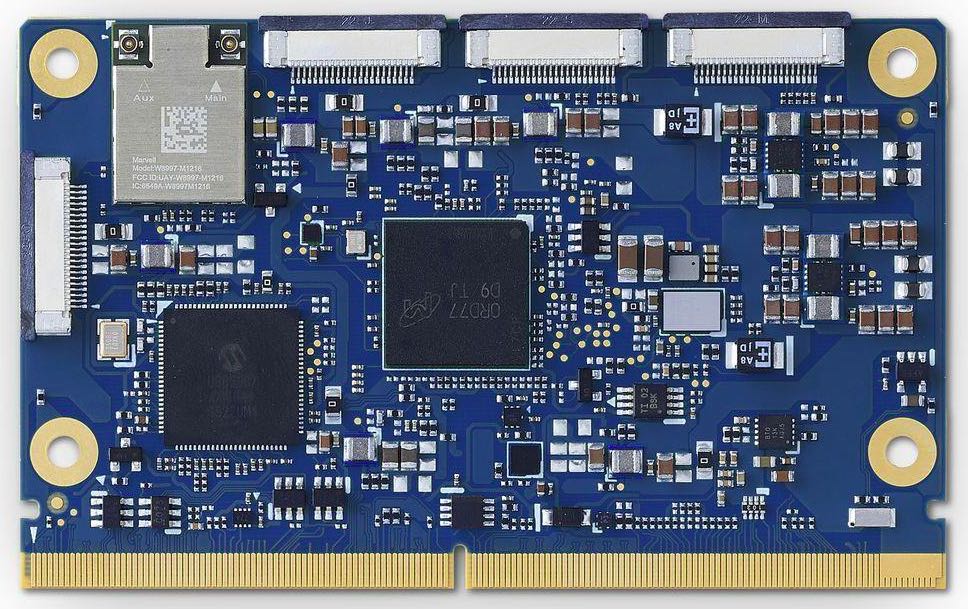|
Listen to this article  |

ADLINK Technology LEC-RB5 SMARC module. | Photo Credit: ADLINK Technology
ADLINK Technology recently released its LEC-RB5 SMARC module. This is the company’s first SMARC AI-on-Module based on a Qualcomm processor. The Qualcomm QRB5165 processor is designed for robotics and drones applications and integrates several IoT technologies in a single solution. SMARC stands for Smart Mobility Architecture.
The LEC-RB5 SMARC module provides on-device artificial intelligence (AI) capabilities, support for up to six cameras, and low power consumption. ADLINK said the LEC-RB5 SMARC module is capable of powering robots and drones in consumer, enterprise, defense, industrial and logistics sectors.
“Qualcomm Technologies’ portfolio of leading robotics and drones solutions is driving next-generation use cases including autonomous deliveries, mission critical use cases, commercial and enterprise drone applications and more,” said Dev Singh, senior director, business development and general manager of robotics, drones and intelligent machines, Qualcomm Technologies. “The Qualcomm QRB5165 solution supports the development of next generation high-compute, AI-enabled, low power robots and drones for the consumer, enterprise, defense, industrial and professional service sectors that can be connected by 5G. The ADLINK LEC-RB5 SMARC module will support the proliferation of 5G in robotics and intelligent systems.”
For robotics developers, ADLINK Technology said the LEC-RB5 SMARC module provides the capability to build robots for use in harsh industrial conditions and in temperatures that range from -30° to +85°C. The ADLINK LEC-RB5 SMARC module features:
- Qualcomm Kryo 585 CPU (8x Arm Cortex-A77 cores)
- Qualcomm Hexagon Tensor Accelerator (HTA) running up to 15 trillion operations per second (TOPS)
- Six cameras support: MIPI CSI cameras CSI0 (2 lanes) and CSI1 (4 lanes)
- Less than 12W of power consumption
- 82 x 50 mm small size form factor
The LEC-RB5 is part of ADLINK’s portfolio of SMARC form factors that support both ARM and x86 designs. The module provides enhancements for computer vision applications with reduced latencies for real-time image processing decisions, freeing up capacity for other critical AI applications while delivering mobile-optimized CV experiences.
Credit: Source link


Comments are closed.